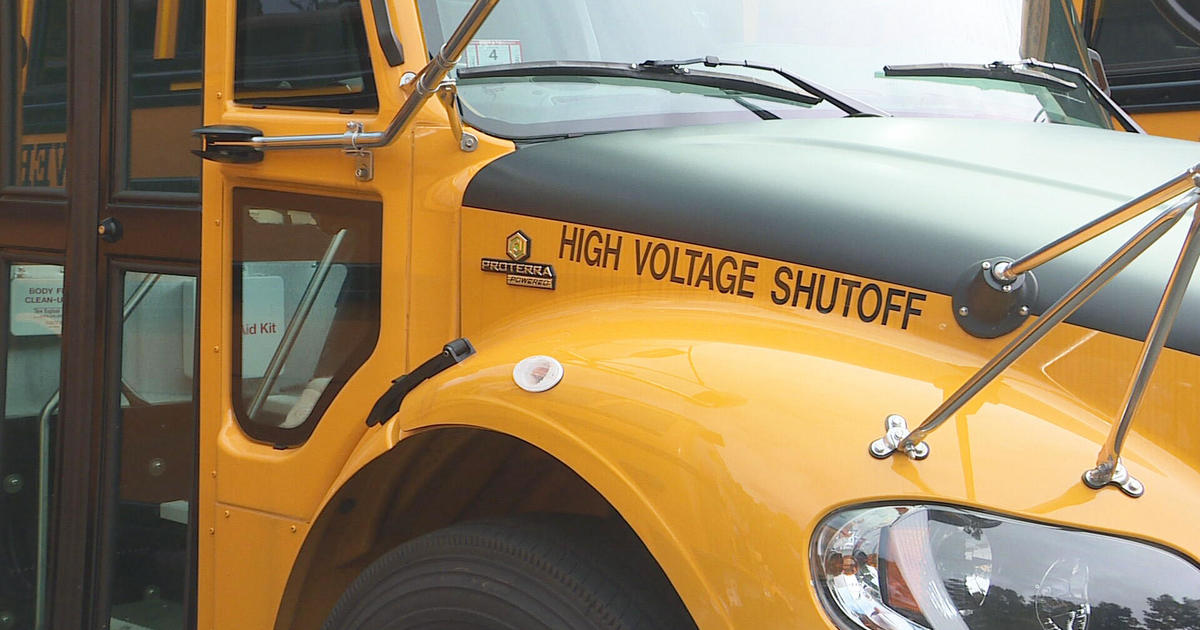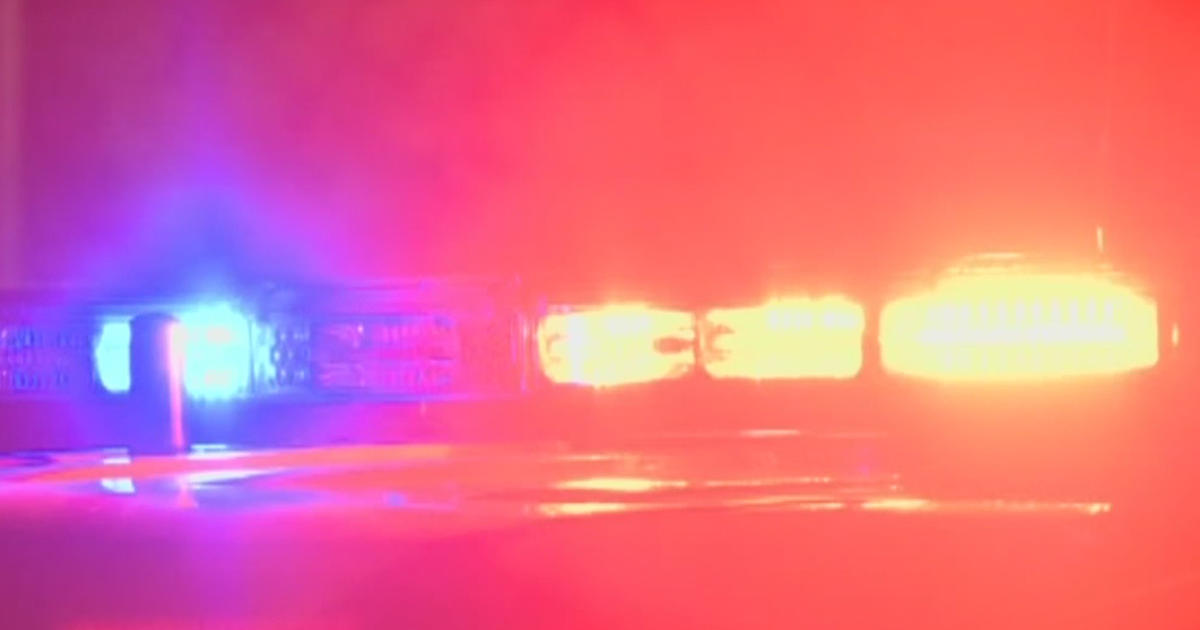Minn. Pearl Harbor Survivor Visits USS Nevada Exhibit
RENO, Nev. (AP) — Seaman Second Class Charles T. Sehe was 18 years old when he was nearly killed aboard the USS Nevada in Pearl Harbor, and was still on the World War II battleship when it shelled occupied beaches for the U.S. invasions of Normandy, Iwo Jima and Okinawa.
So at age 92, the former Mankato State anatomy professor decided it was time to visit the place for which the ship was named.
Local members of the U.S. Navy League learned of Sehe (pronounced SAY-hee) and started raising money to help bring him to Nevada after he sent a box of documents and artifacts to the Nevada State Museum in Carson City.
"I don't want to go to Las Vegas," he told veterans and others who greeted him this week at Reno-Tahoe International Airport. "You have the memorabilia here that I want to see."
Wearing a "Pearl Harbor Survivors" hat, Sehe of Mankato, Minnesota snapped a salute then shook hands with the color guard and state officials who were joined by curious travelers passing by.
"We're losing our World War II veterans daily so to meet someone who was at Pearl Harbor, I'm thrilled," said Jana McElhaney, events coordinator for Nevada Veteran Services. "It's a rare opportunity,"
Patricia Fite, a member of the Carson City Council of the Navy League whose husband, Darrell, is president of the Pacific Central Region Navy League of the United States, said they were determined to get Sehe there once they learned it was "something on his bucket list."
Gov. Brian Sandoval planned to welcome Sehe at the airport, but his original flight from Minneapolis was canceled Tuesday night and Sandoval left for China the next day.
Sehe, who lives in Mankato, Minnesota, did get a chance to ring the Nevada's bell kept in the governor's office.
He was honored Wednesday afternoon during a ceremony at the USS Nevada memorial outside the Capitol building. And he toured the state museum with an exhibit dedicated to the tale of the battleship that lost 50 of its 1,500-member crew while moored alongside the USS Arizona, the final resting place of more than 1,000 sailors and soldiers.
When the first Japanese bomb struck about 7:50 a.m. on Dec. 7, 1941, Sehe had just finished breakfast and was reading the Sunday comics in the Honolulu Star Bulletin. He recalled in a letter to family years ago that as his ship pulled away, "a tremendous, fiery explosion ripped the Arizona apart, showering the decks of the Nevada with hot, searing, metallic debris, burning many of them to death."
"We got hit by eight bombs, but still got underway — the only battleship to get underway," he said Wednesday. "Most of that crew was 17 to 23 years of age. But they were trained and able to carry out their duties."
He especially remembers the D-Day invasion on the southern coast of France on June 6, 1944.
"The infantry went in and secured Utah Beach in just 2.5 hours because of our gunnery," Sehe said.
Born in Geneva, Illinois on Feb. 26, 1923, Sehe graduated from high school then joined the Navy at age 17 on Thanksgiving Day 1940. Many of his memories were captured during nearly eight hours of recorded interviews in April with Mark DePue, director of Oral History at the Abraham Lincoln Presidential Library in Springfield, Illinois. They are posted on the library's website.
"Unbelievable," Sehe said in summarizing what was going through his mind when the attack began at Pearl Harbor. "I never fully understood the feeling, the shock. What the hell is happening? Who are they?"
"I realized, in post-war days ... this attack had been one of the most elaborately planned and executed," he said. "They couldn't miss anything. They were coming from the south going north. They were coming from the east going west. And we were in the middle of it."
Sehe took advantage of the G.I. bill when he was discharged in July 1945, earning a bachelor's degree in zoology at North Central College in Illinois and post-graduate degrees at the University of Iowa. He retired as a professor emeritus at Mankato State in 1990. His stops in between included Stanford University in California, but he'd never crossed the Sierra into Nevada until this week.
"I really appreciate the ones who got me here," he said.
(© Copyright 2015 The Associated Press. All Rights Reserved. This material may not be published, broadcast, rewritten or redistributed.)



